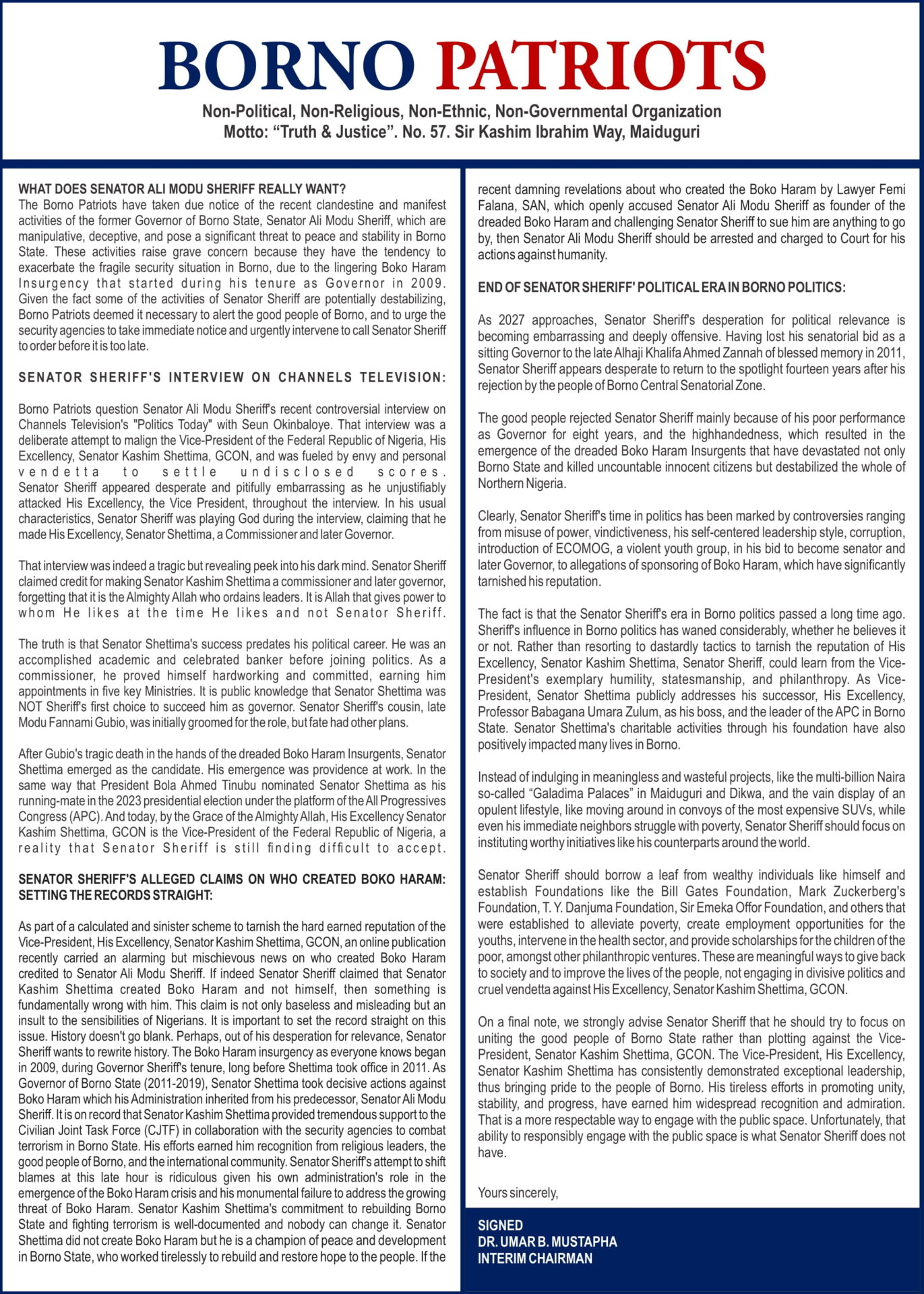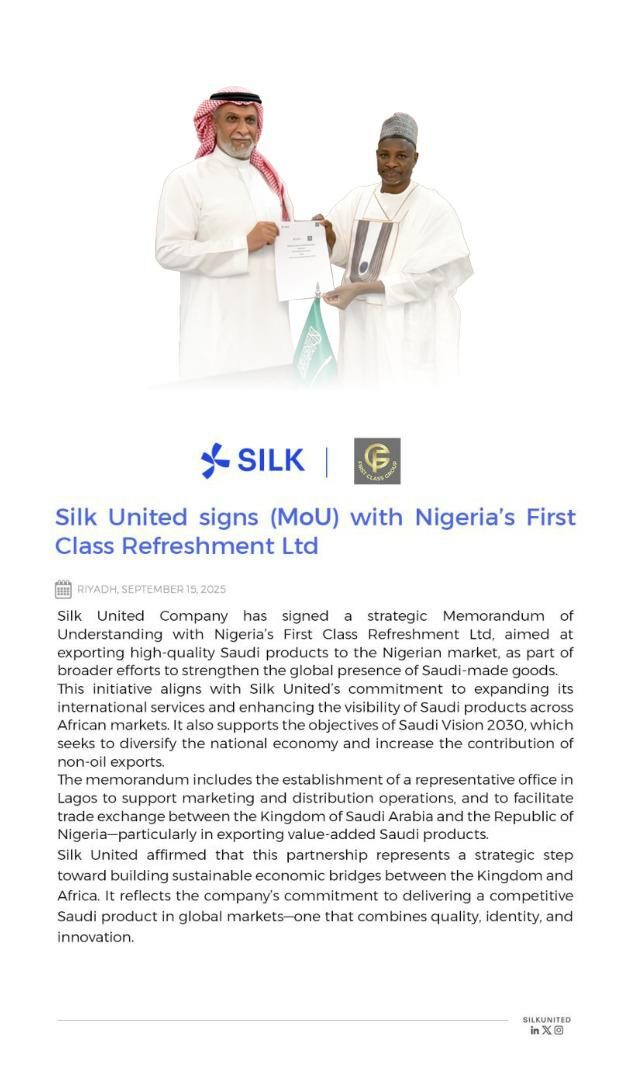ZHANG Daqian may not be a household name in the West, but in China — and the global art market at large — he is on par with the likes of Warhol and Monet.
A master of classical Chinese painting who later reimagined modern art in his adopted American homeland, Zhang’s work spanned traditions from ink landscapes to abstraction. And while the pervasive “Picasso of the East” comparison is misleading stylistically, it nonetheless speaks to his ability to transcend genre — and the sky-high prices his paintings now command.
In April, almost 40 years after his death, Zhang’s 1947 painting “Landscape after Wang Ximeng” became his most expensive work ever to sell at auction, fetching $47 million at Sotheby’s in Hong Kong.
It was just the latest in a string of major sales. The artist’s work generated more than $354 million at auction in 2016, exceeding any other artist — dead or alive — in the world that year, according to an annual ranking produced by the Artprice database. Last year, he finished 6th in that same list, ahead of market heavyweights like Vincent van Gogh and Banksy.
This may only be the tip of the iceberg, said San Francisco State University art professor Mark Johnson.
“There’s been a quick escalation in value as his genius is more widely recognized,” said Johnson, who co-curated a 2019 exhibition of Zhang’s work at San Francisco’s Asian Art Museum, in a phone interview. “I think prices will double soon,” he added, saying that “ignorance” about Zhang among Western museums and collectors is keeping prices “relatively low.”
“There’s no question that Zhang Daqian is one of the most important artists of the 20th century. His work referenced global culture and, at the same time, was deeply embedded in Chinese classical culture,” Johnson said, calling him the “first really global Chinese artist.”
Born in Sichuan, southwest China, at the turn of the 20th century, Zhang (whose name is also romanized as Chang Dai-chien) was a prodigious talent from a young age. Taught to paint by his mother, he claimed that as a teen he was captured by bandits and studied poetry using their looted books.
After studying textile-dyeing and weaving in Japan, he trained under the renowned calligraphers and painters Zeng Xi and Li Ruiqing in Shanghai. Copying classical Chinese masterpieces was fundamental to his education, and Zhang learned to skillfully replicate the great artists of the Ming and Qing dynasties (and later became a highly-skilled forger).






